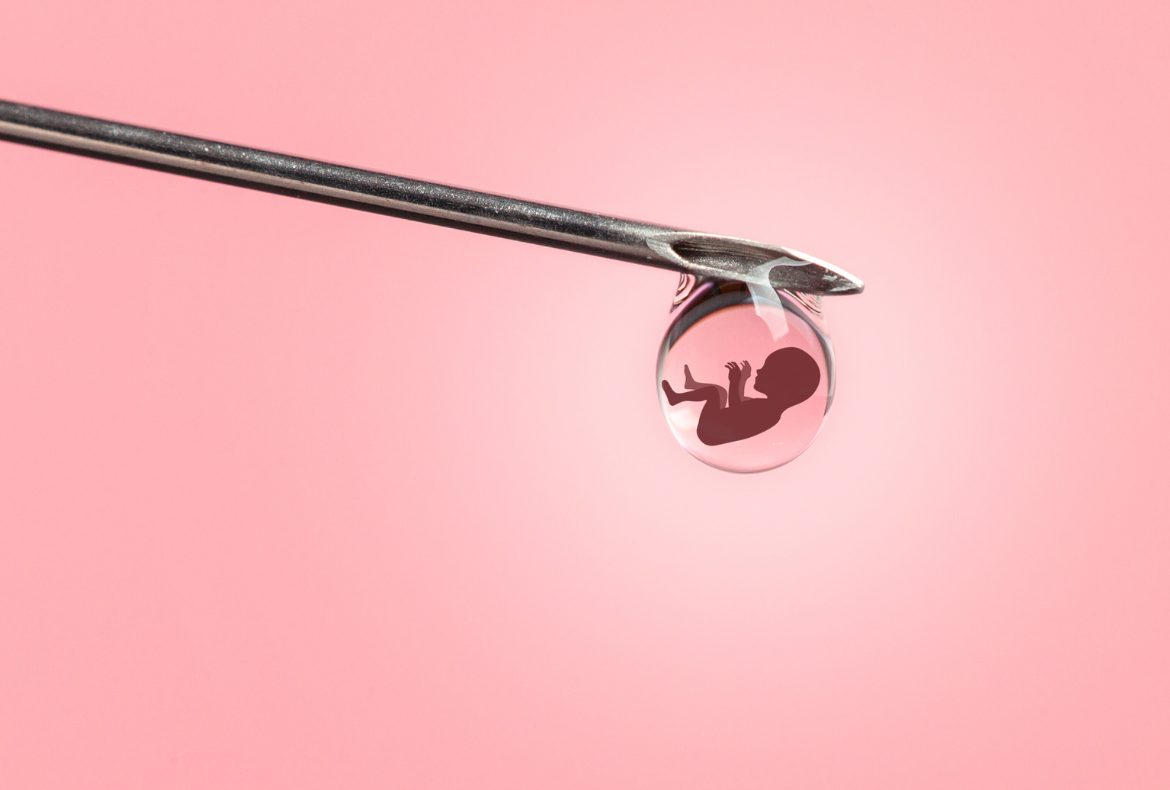
Cryopreservation is the process of storing embryos, sperm, gametes, or tissues from the ovaries or testicles at extremely low temperatures for future use. Samples may be retained intact for future use, resulting in significant cost and resource savings. The pair experiences less discomfort and annoyance as a result of the greater efficiency.
We complete the assignment in two phases. First, the sample is obtained from the female or male partner and placed in special straw-shaped tubes. These tubes are kept at temperatures below 0 degrees Celsius, and a specific solution is employed to keep the specimens from freezing. This solution is known as cryopreserved, and the specimens are thawed before use.
There are several cryopreservation techniques, which differ in terms of storage temperature, cryopreserving type, duration necessary for freezing and thawing, and specimen type.
Advantages of Cryopreservation
It is apparent that the use of cryopreservation increases efficiency. The retrieved embryos, sperm, or mature eggs can be utilized again without the difficulty of extracting them. This saves a substantial amount of time, energy, and money. There is no need to undergo ovulation stimulation on a regular basis. The woman is relieved of her bodily pain several times.
Reduced risk of hyperstimulation syndrome (This is a dangerous condition that occurs when the ovaries are repeatedly stimulated with medications, and it can result in death.)
Fertility preservation: Interestingly, cryopreservation can be used to preserve fertility for people who are at risk of losing it.\
How is cryopreservation done?
Cryopreservation is the technique of freezing human tissues in such a way that they remain “alive” for an extended period of time. It means that there should be no harm to the functioning of the cells, allowing them to become active again after the thawing procedure. Various techniques are employed to maintain human tissues at extremely low temperatures.
Cryopreservation Methods:
- Sperm Freeze
- Freezing of Eggs and Ovarian Tissue
- Freezing of Embryos
How does cryopreservation happen?
Freezing methods are extremely important in the cryopreservation process. A freezing process is just a method for freezing tissues. Before deciding on a protocol, consider the tissues that will be preserved. Because each tissue has a unique composition, the slow or rapid treatment will be determined by the tissues.
Slow procedure: In the slow protocol, we gradually lower the temperature so that the reproductive tissues and cryoprotectants cool down. We add the cryoprotectants and begin lowering the temperature at a pace of minus two degrees Celsius per minute until it reaches negative seven degrees Celsius. When this temperature is reached, the acceleration rate is lowered to -0.3 degrees Celsius until the temperature hits -30 degrees Celsius. The pace is raised once again until the temperature reaches -135 degrees Celsius, at which point the tissues are kept in liquid nitrogen at -196 degrees Celsius.
Rapid Protocol: We immediately immerse the tissues in liquid nitrogen, and the temperature decreases to -196 degrees Celsius. To prevent cell crystallization, a very high concentration of cryopreservative is utilized.
Thawing protocols: It is more difficult and necessary to defrost cryopreserved tissues in order to bring them to room temperature without damaging them. Typically, cryopreserved tissue straws are put in specific water baths until the temperature reaches room temperature. To avoid any harmful effects, the cryopreservation liquid is gradually diluted.
Fertility Care

Contact Us




